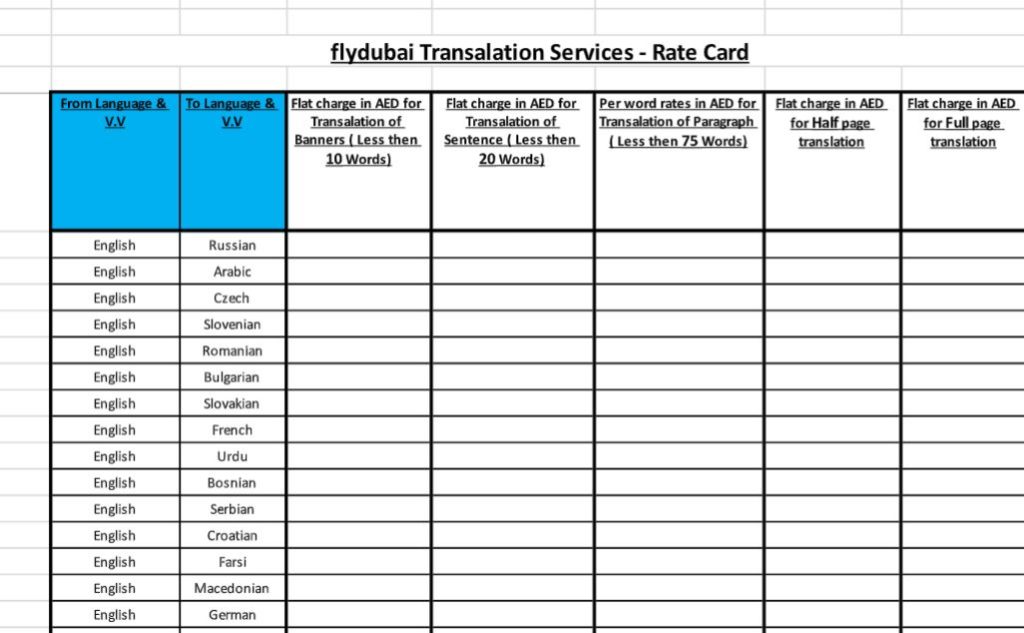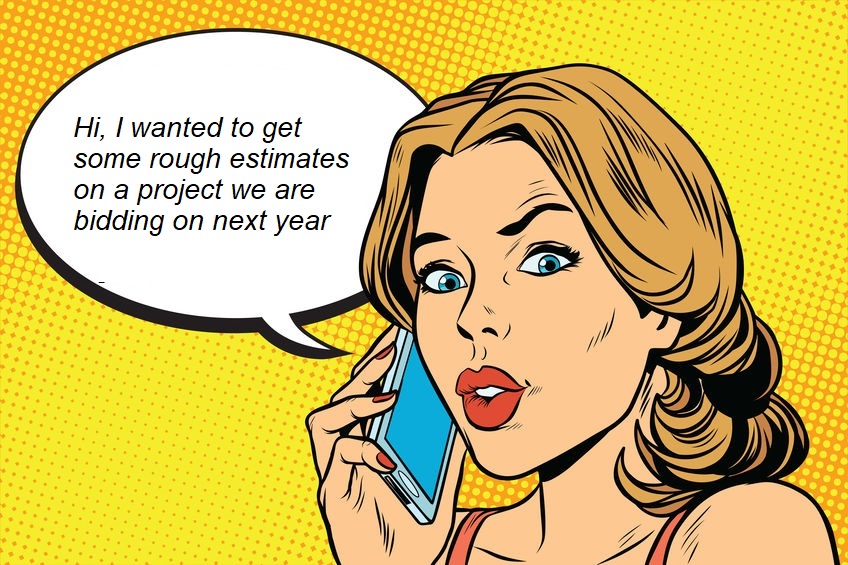Buying professional translation services isn’t rocket science. But it is more complicated than buying gasoline for your car. Or bread and milk at the supermarket. First of all you are not dealing with a commodity but with a personalized, custom-made service. You can give the same text to five professional translators and get five different results. There are other variables involved in the purchase including the target languages, file formats, service level and time of delivery. All of these, as well as other factors, need to be considered when purchasing the translation service. And these and other factors may impact the price you will pay for the service. This post will try and provide you with some guidelines which will help you make an intelligent buying decision.
Get a few quotes. This is a no-brainer which is common practice when purchasing any big ticket item. Get a few price quotes.
Write up a bid spec. If your project budget is in the thousands of dollars and up, consider writing up a basic bid spec which you will send to prospective suppliers. That way you will be comparing apples to apples. Here is an example of an RFP that we received from one of our clients:
From its hub in Dubai, flydubai strives to remove barriers to travel and enhance connectivity between different cultures across its ever-expanding network. Since launching its operations in 2009, flydubai has created a network of more than 90 destinations across 35 countries and operates on average more than 1,500 flights a week. The airline currently has a fleet of 47 new Boeing 737-800 aircraft and has more than 100 Boeing aircraft on order. flydubai has also enhanced Dubai’s economic development, in line with the Government of Dubai’s vision, by creating trade and tourism flows in previously underserved markets. flydubai launched its cargo operations three years ago building on the growth, expansion and success of the airline. operational efficiencies and offering the passenger more choice.
The Client is seeking an experienced, translations service provider to support their Marketing, legal and Public relation department by providing quality translation services.
Agreement and service level will be shared with the shortlisted suppliers.
Ask for a translation sample. Before getting into this point, I should add that at GTS Translation we do not provide free samples under any circumstance. But we encourage our clients to order a short, test sample before committing to a large purchase. And many other translation companies will provide a free sample if they are interested in your business.
As I wrote at the start of this post, human translation services are subject to stylistic and cultural preferences. You say tomato, I say tomahto. Getting a translation sample is only recommended if you have someone that can review and evaluate the sample. Like a distributor or agent in the target country. If you get a sample from each of the prospective vendors, you and your language people can determine which one is best for your company.
What is the service level? Another important point to consider is the service level you will be receiving. Is the translation purely human or does the company deliver edited machine translation. Is the text reviewed by a second linguist? What are the qualification of the translators? Are they certified by an recognized accreditation body? If you don’t need a high level of certification or industry specialization then maybe you can negotiate a better price from your supplier.
What is the price per word? Try and find out the per word rate you are being charged. This is very easy if you are ordering translation services online. But even if you are not ordering online, the person you are ordering from will provide you with this information. Once you know the per-word price, try and get a frame of reference on it and see if you can negotiate a better per-word price.
Can you get a discount for late delivery? When ordering from a translation agency, this point will usually not get you any price discount. Yet many customers ask anyway. Even though it may not get you a discount, try and bring it up as part of the negotiation process and when weighed in with other factors, it may get you something.
DTP/Page Layout considerations.
Does the document you are translating contain graphics, charts, diagrams? Do you need to have them translated? Are they editable? Some graphics, like in a technical manual, may not be editable or the source graphics files may not be available. In that case the translation company may need to recreate the graphics which will increase the price. Make sure that you know this in advance and if you need to translate the graphics, factor this in the price. Are there files that you need to translate that are in an exotic file format like Framemaker or Corel Draw? This too can jack up the price and you should factor this work into the price as well. Does the customer expect the translation vendor to deliver print-ready Powerpoint and MS Word files? Text can expand in translation and require touching up the final files. Will the vendor do it or will you have to edit the work yourself?
Other file considerations. Translation of website content and software applications can require working with special file formats like XML and RESX. Verify that the files will arrive in the formats you need and make this part of the agreement.
Will you be getting a repeat text or TM discount? If you are submitting multiple files for translation, there may be some text repetition across the files. This should convert into a price discount for the job. Do you have legacy translations. Consider giving these to the translation company and asking for a TM discount. Don’t be shy, these are your hard earned dollars and if you can get a discount then why not?






